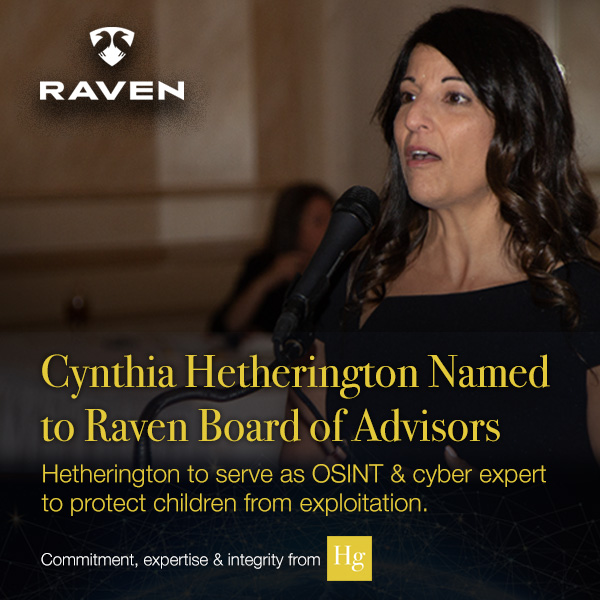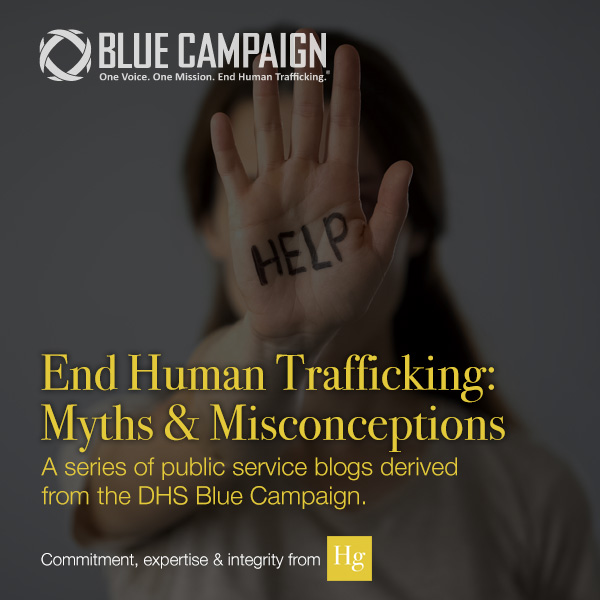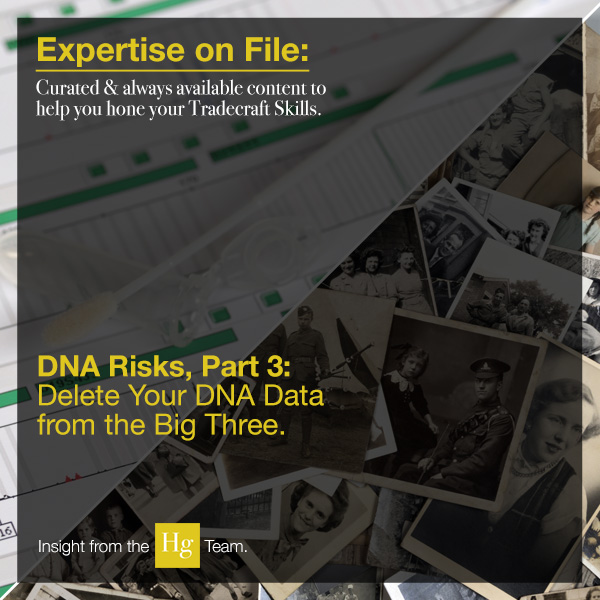Business investigations on mergers and acquisitions, competitive intelligence, vendor and supplier evaluations, and data mining research all require analysis. In this four-part blog series, we discuss four methods of analysis—SWOT, CARA, Supply Chain, and Value Chain—and conclude with how an investigator gathers data from these methods in order to produce a comprehensive due diligence analysis.
 A valuable investigation is not a matter of merely collecting information and making claims. Investigators may be good at finding details, but if they lack the critical thinking skills required to synthesize their findings, analyze the interlocking data, and document their results in a logical report, the client can be left with more questions than answers.
A valuable investigation is not a matter of merely collecting information and making claims. Investigators may be good at finding details, but if they lack the critical thinking skills required to synthesize their findings, analyze the interlocking data, and document their results in a logical report, the client can be left with more questions than answers.
The method of analysis depends on the type of case being conducted and a client’s needs. This week, Hg tackles CARA Analysis.
CARA Analysis
CARA stands for Characteristics, Associations, Reputations, and Affiliations. CARA is used for analyzing individuals and is especially useful in social media examinations.
Characteristics
Gives a sense of the subject’s personality: What is his professional rank or position? What type of car does he drive? Is he litigious? Has he been convicted of any crimes? Awarded for civic duty?
Associations
Gives a sense of the subject’s personal and/or professional circles: What is her socioeconomic status? Who are her closest friends, colleagues, family members?
Reputation
Gives a sense of how other people view the subject: Is he trustworthy? Reliable? Good natured? Hot headed? Manipulative? Passionate? Combative?
Affiliations
Gives a sense of a subject’s connections: What professional associations does she belong to? Is she a member of a board? What is her alma mater? Does she make charitable contributions? If so, to what organizations?
CARA is an excellent tool for providing a quick, simple method of profiling a subject. With social media profiles so readily accessible today, CARA methodology has made some business and legal decisions easier. Attorneys in jury trials, for example, will scan social media profiles of potential jurists using CARA.
Case Study: Potential Acquisition
Mr. Z, president of Orange Grove America, is interested in acquiring BottledInc, a start-up company in business for five years specializing in bottling juices. During the due diligence investigation, a CARA analysis on CEO Jane X presents the following:
Characteristics
Ms. X drives a Lexus, lives in a wealthy area of town, owns a yacht, and, per a Facebook post, sued her neighbor over a property line dispute involving a tree.
Associations
One of Ms. X’s LinkedIn associates is under investigation for allegedly violating sections of the Foreign Corrupt Practices Act.
Reputation
FINRA revoked Ms. X’s stockbroker license six years ago—a year before she formed BottledInc.
Affiliations
Ms. X and the person under investigation attended a benefit three months ago based on a photo that appeared on the website for Joy for Juices, a non-profit being investigated by the IRS for abuse of its 501(c)(3) tax status.
Based on Ms. X’s CARA analysis, Mr. Z determines that the potential risks far outweigh the potential benefits of acquiring this start-up and ends further pursuits of acquiring BottledInc to manufacture and produce juice from his new orange grove.
A Word of Caution When Combining Social Media and CARA
Social media research can help strengthen a CARA analysis. LinkedIn and Facebook offer clear connections to friends and associates, as do Instagram and similar personal social networks. However, an investigator cannot make assumptions based solely on social media friends and connections. Associations and affiliations discovered via a social media investigation must be further investigated. Some individuals will Friend anyone, giving no heed to who they are. Profile Page fraud is rampant: A fraudster can pose as another person within a matter of minutes by simply setting up a dummy account.
As in the case of Ms. X, an investigator would need to confirm donations to the charity as well as legal proceedings against her neighbor.
Presenting CARA Analysis
After the information is gathered from a variety of sources, an investigator must examine any unusual relationships between the associates, addresses, or businesses. Fraudulent people will go to great lengths to hide common threads linking them with other parties.
For leads that seem to go nowhere, an investigator must be prepared to explain to a client the search strategy and pursuit of a false lead that ultimately resulted in a dead end or an unexpected outcome.
When presenting a CARA analysis to a client, investigators shouldn’t make bold statements based solely on research findings. For example, one can’t say with certainty that Ms. X had anything to do with the alleged fraudulent behavior conducted by the non-profit or that she had participated in her associate’s alleged crimes.
Instead, the information must be conveyed as interpreted based on the CARA analysis. For example, based on today’s research, it appears that the Ms. X is a CEO with a high net worth whose stockbroker’s license was revoked. According to social media and Internet postings, she and an associate, who is under investigation for corruption, attended a benefit gala for a non-profit also under investigation for violating its 501c3 status.
If you’re an investor and would like to talk with us about our Financial Sector Enhanced Services Suite, please contact our office for a free consultation. We offer enhanced due diligence, business intelligence, investment asset investigations, enhanced background checks, and enhanced interviews and profiles by our veteran investigators with over 40 years of combined experience and expertise.
If you’re an investigator and would like more case studies, check out The Guide to Online Due Diligence Investigations: The Professional Approach on How to Use Traditional and Social Media Resources for Investigations, or register for one of our webinars.
 Cynthia Hetherington, MLS, MSM, CFE, CII is the founder and president of Hetherington Group, a consulting, publishing, and training firm that leads in due diligence, corporate intelligence, and cyber investigations by keeping pace with the latest security threats and assessments. She has authored three books on how to conduct investigations, is the publisher of the newsletter, Data2know: Internet and Online Intelligence, and annually trains thousands of investigators, security professionals, attorneys, accountants, auditors, military intelligence professionals, and federal, state, and local agencies on best practices in the public and private sectors.
Cynthia Hetherington, MLS, MSM, CFE, CII is the founder and president of Hetherington Group, a consulting, publishing, and training firm that leads in due diligence, corporate intelligence, and cyber investigations by keeping pace with the latest security threats and assessments. She has authored three books on how to conduct investigations, is the publisher of the newsletter, Data2know: Internet and Online Intelligence, and annually trains thousands of investigators, security professionals, attorneys, accountants, auditors, military intelligence professionals, and federal, state, and local agencies on best practices in the public and private sectors.



